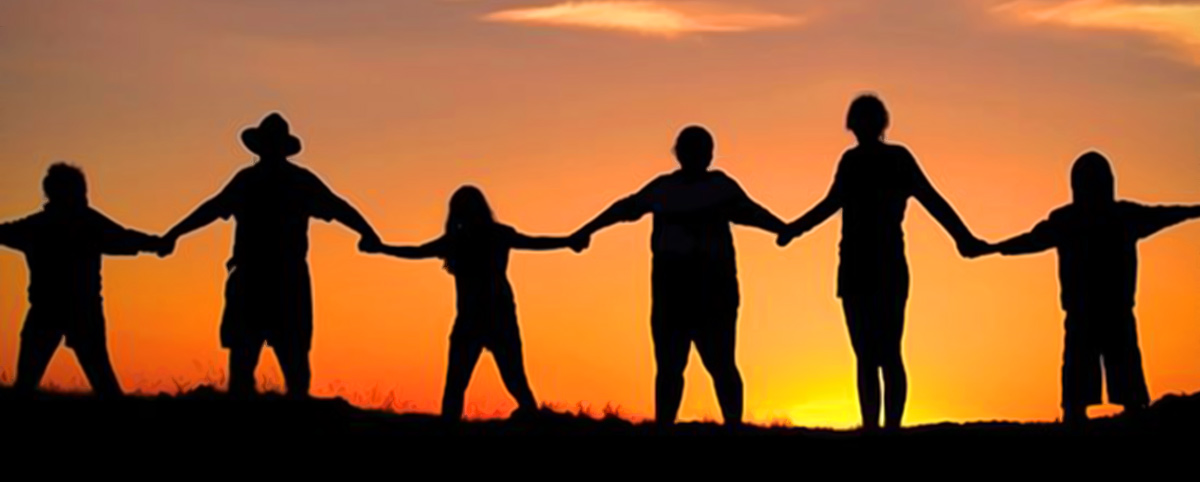Identifying & Managing Trauma from the bushfires
We have all been shocked by the ferocity of the bushfires which are ravaging our landscape, threating and taking lives and homes. Tales and images of distressed people and animals have dominated all forms of media and are part of our daily conversations.
Expressions of despair and dismay and helplessness are now part of our daily rhetoric and there is no sign of relief. Whilst the majority of fires are in the Eastern States, media reports bring them into our lives on a minute by minute basis making the threat seem very real, no matter where you are. It is normal for us to find this distressing. However, for some people, especially young people or people who may have personally experienced trauma of a similar nature or who may already be of an anxious nature, the current situation may be more distressing, and feelings of threat may be heightened.
When we feel threatened, we tend to revert to behaviours controlled by our primitive brain which is responsible for survival. You may have heard of the fight, flight or freeze response whereby when threatened the person either fights the threat, runs from the threat (flight) or freezes. All are valid responses to threats and depending on the situation, the brain acts to secure survival. However, you do not actually have to experience the threat face to face to react in this manner and for you to experience trauma from the threat.
Trauma is the physical and or psychological reaction that comes from a threat and can occur from one incident or from multiple incidences. Trauma can be very distressing and life-changing for both the person experiencing the trauma and for those around them. Experiencing distress from an event that we have not directly experienced is called vicarious trauma. Vicarious trauma can present in the same way as other traumas from situations where we have been threatened. Reactions to all types of trauma can be physical or emotional and generally indicate that someone is struggling to process what they are seeing, hearing or reading. Signs and symptoms that someone has experienced trauma and is not coping can include heightened anxiety, problems with sleep, being teary, withdrawing from normally pleasurable activities, hyper-vigilance, changes in eating habits, reliance on alcohol or drugs to cope, feelings or numbness or feelings of rage. Symptoms can arise in the months after the traumatic event and different people will respond differently to trauma. We know that trauma leaves an imprint on the brain and changes our response to future trauma. Remember where you were when the terrorist attack occurred on the twin towers, how much did this change your behavior towards travelling or low flying aircraft?
So, what can you do if you or someone you know appears to be suffering from trauma? Firstly, prevention is the best cure. Limit the number of images and stories people are exposed to, especially young people. If you think someone is struggling, talk to them. Allow them to express their emotions or fears and normalise them rather than dismissing them with statements like ‘yes, this is very upsetting, and it would be normal for you to be sad or upset by what you have seen’. Remember that trauma arises from a threat, real or perceived to safety so provide reassurance to the person that they are safe, particularly important with children. Contextualise the trauma to the events, ie express that we are very fortunate in WA that we are not under threat. Change feelings of hopelessness to ones of action by doing something to help those affected. Pay extra attention to make sure you are doing stress free activities such as playing games, spending time with pets, going outdoors, doing things that remove the stress chemicals from your body, yoga, laughing, swimming etc. Most of all, if the symptoms do not go away, seek the help of a professional such as your GP or mental health professional.
Pam Bubrzycki

